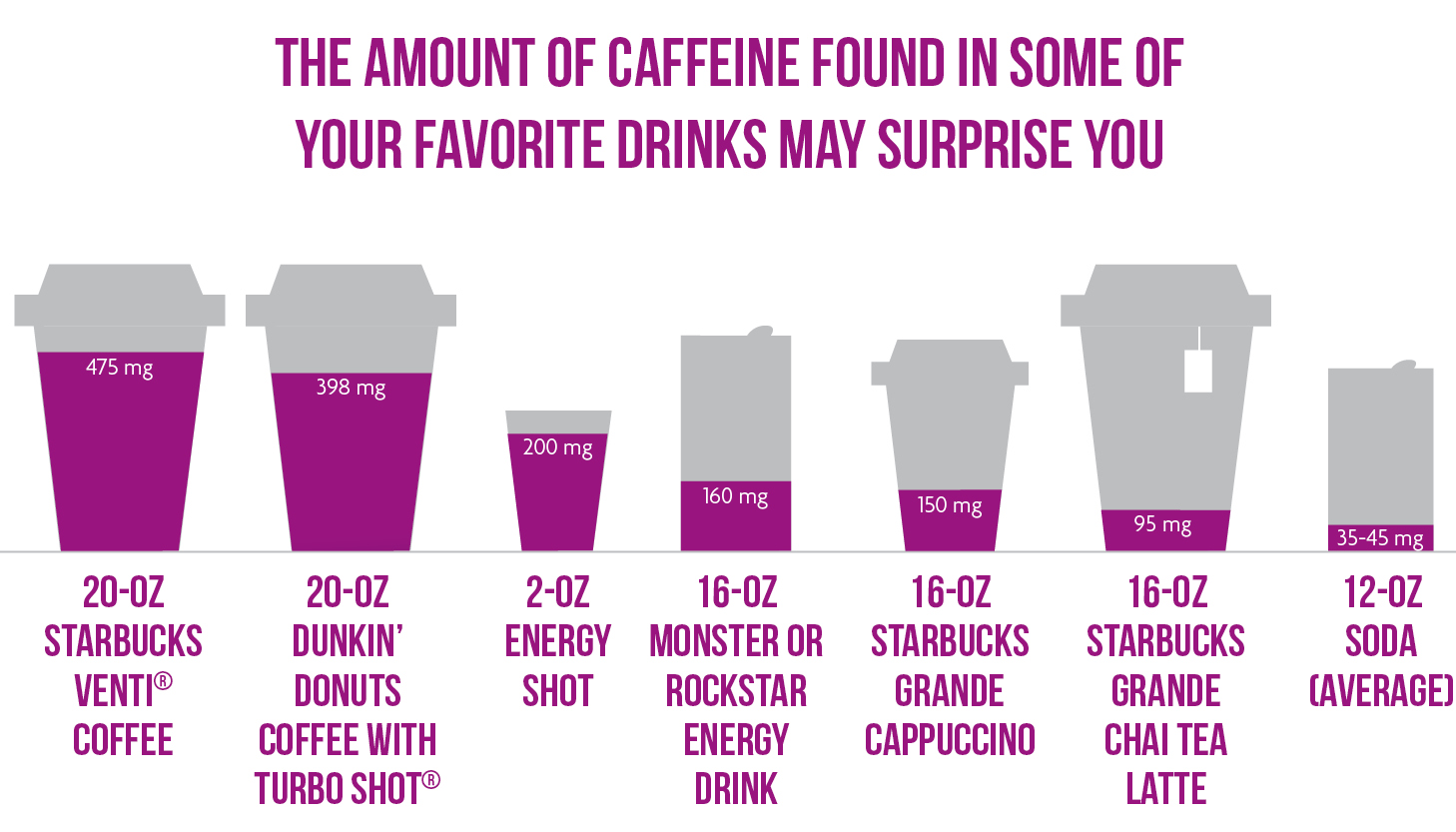

- Estrogen and caffeine half life registration#
- Estrogen and caffeine half life password#
- Estrogen and caffeine half life professional#
The American Academy of Neurology is the world's largest association of neurologists and neuroscience professionals, with 40,000 members. These results are in keeping with the hypothesis that estrogen may help protect women against the brain cell death that causes Parkinson’s disease. In women who drank less than half a cup of coffee per day, HRT use was associated with a 65 percent reduction in relative risk of developing Parkinson’s disease, compared to those who did not use HRT. However, when caffeine consumption was also factored in, some unexpected results emerged. Similar to some previous studies, there was no difference in the incidence of disease between women who did or did not use HRT, when that was the only variable considered. Parkinson’s disease was diagnosed in 154 of the women during the study.

Information on hormone use and caffeine intake was collected from survey data. Estrogen is the principal hormone in HRT, a common therapy in post-menopausal women.Įighteen years of data from more than 77,000 were drawn from the Nurses’ Health Study. Parkinson’s disease is less common in women, and some evidence suggests that estrogen may help protect the neurons that degenerate in this disease. Studies in women, which to date have not factored in use of hormone replacement therapy, have been contradictory and inconclusive. Two large studies have previously shown that increased caffeine intake is associated with a lower risk of Parkinson’s disease in men. However, HRT may increase disease risk in women who drink the equivalent of more than five cups of coffee per day. Women who consume little or no caffeine, but who take hormone replacement therapy, may reduce their risk of developing Parkinson’s disease, according to a study published in the March 11 issue of Neurology, the scientific journal of the American Academy of Neurology. Home Press Room Archives Press Release EMBARGOED FOR RELEASE UNTIL 4 PM ET, MaCaffeine and Estrogen Affect Parkinson’s Disease Risk in Postmenopausal Women By continuing to use our site, you consent to the use of these cookies. Some are essential to make our site work properly, others perform functions more fully described in our Privacy Policy. Thank you for your patience.īy continuing to use our site, you agree to the Terms of Use and acknowledge that you’ve read our Privacy Policy. We’re experiencing unusually high levels of traffic. The latest research and news affecting neurology.A network of 40,000+ neurologists and neuroscience professionals.Guidelines and publications including Neurology® journal.
Estrogen and caffeine half life registration#
Discounts on Annual Meeting registration.Online education resources at no additional cost.Become a Memberīy becoming a member of the AAN, you can receive exclusive information to help you at every stage of your career.
Estrogen and caffeine half life password#
Log In Email or 6-digit member ID Password Remember me Forgot Password? Log In
Estrogen and caffeine half life professional#
With chronic caffeine consumption, OCS users are predicted to have an increased steady-state plasma caffeine concentration as compared to non-OCS users.Get tools and information for your specific career stage and professional needs. This suggests that OCS may cause significant impairment of this enzyme activity as assessed in vivo. Thus, caffeine clearance, previously reported to be a specific marker of cytochrome P-448 activity in man, is decreased by chronic OCS use. The absorption parameters determined were peak plasma caffeine concentration (3.99 vs 4.09 micrograms/ml) and time to peak concentration after drug administration (1.52 vs 0.79), which was moderately prolonged in OCS users. This was the result of marked impairment of the plasma clearance of caffeine (1.05 vs 1.75 ml/min/kg, respectively) with no change in apparent volume of distribution (0.685 in OCS vs 0.7501/kg in the control group). OCS subjects had a prolonged elimination half-life of caffeine, (mean 7.88 h vs 5.37 h in the controls). Each subject received 162 mg caffeine base orally after an overnight fast. The effect of chronic (greater than 3 months) administration of low-dose oestrogen-containing (less than 50 micrograms oestrogen) oral contraceptives (OCS) on the pharmacokinetics of caffeine has been examined in a treated females matched with 9 non-smoking, drug-free, healthy control females of similar age, weight and ethnic origin.


 0 kommentar(er)
0 kommentar(er)
